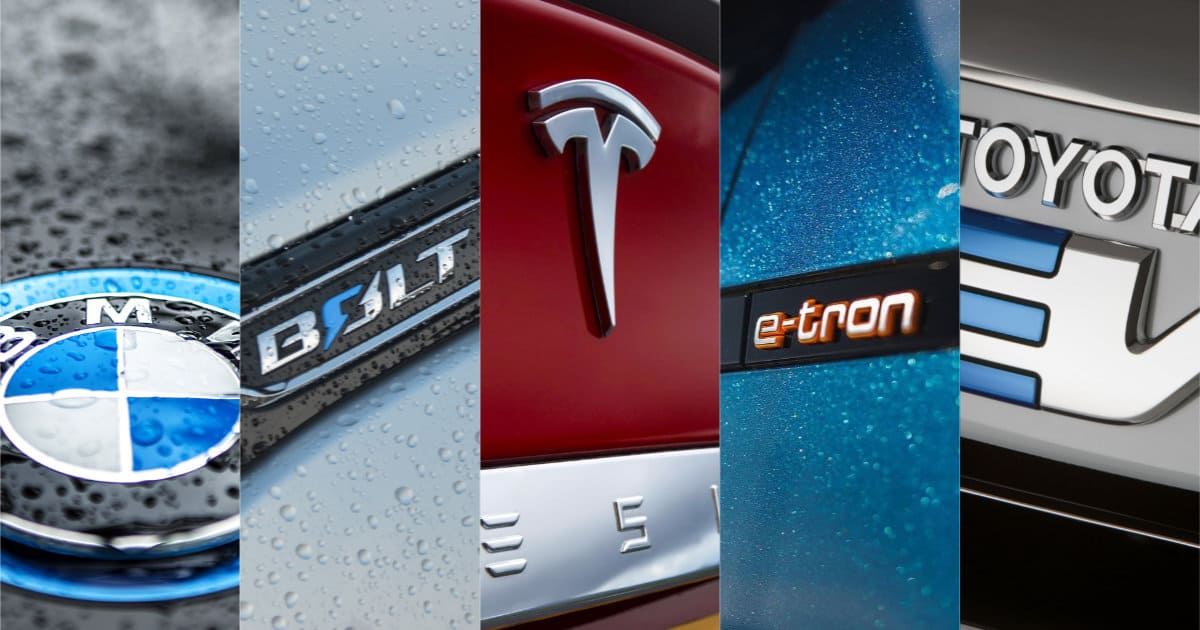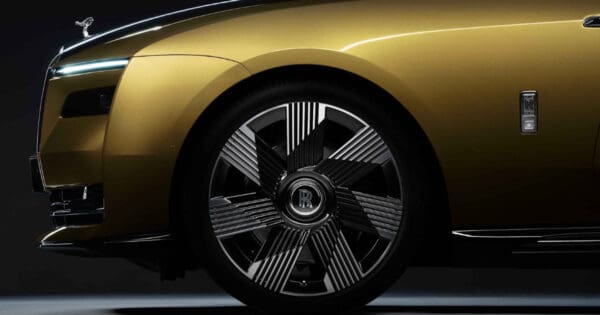The future of the automobile industry is undeniably electric. Governments are setting deadlines for the cessation of gasoline car sales, while automakers are investing billions into developing cleaner, more efficient electric vehicles (EVs). This guide will provide a beginner-friendly introduction to electric cars, diving deep into how they work, charging infrastructure, battery technology, environmental impact, economic considerations, and the future of electric mobility.
Table of Contents
Electric Car Basics
Electric cars operate on a simple principle: instead of using gas to power an internal combustion engine, they use electricity to power an electric motor. The electric motor turns the wheels, which propels the car. Sounds simple, doesn’t it? Yet the world of electric cars extends far beyond this basic principle.
How Electric Cars Work
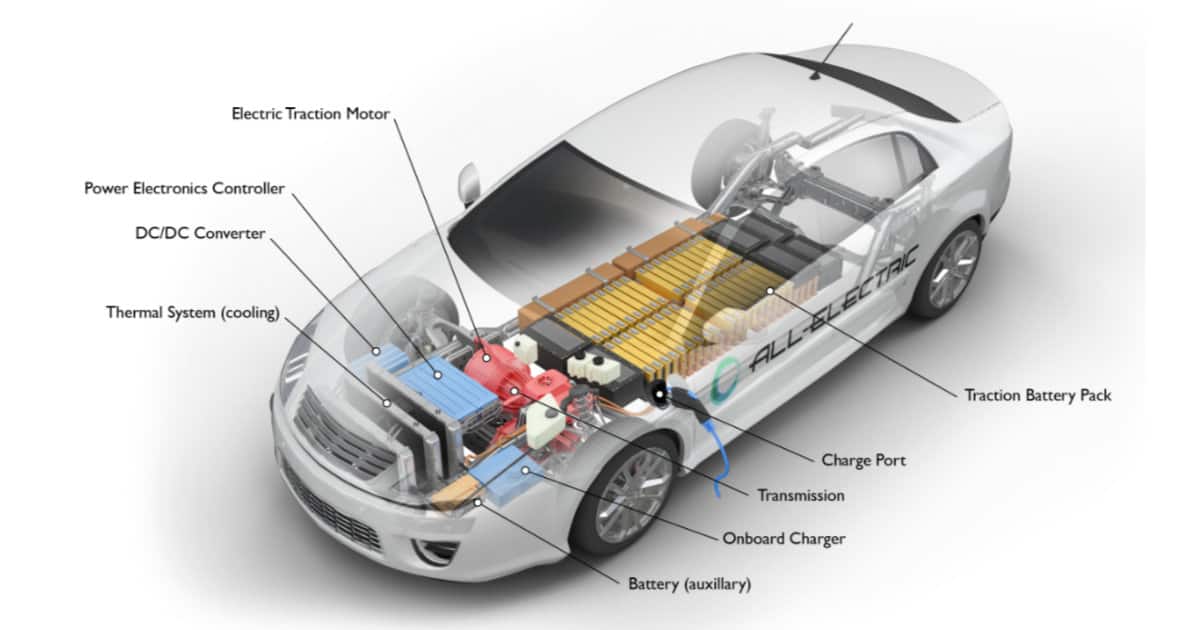
An electric car consists of several key components: a lithium-ion battery pack, one or more electric motors, an inverter, and a regenerative braking system. The battery stores the electricity that the electric motor uses to propel the vehicle. The inverter converts direct current (DC) electricity from the battery into alternating current (AC), which the electric motor uses. The regenerative braking system recovers energy during braking, which is usually lost in conventional cars, and converts it into electricity to charge the battery.
Types of Electric Cars
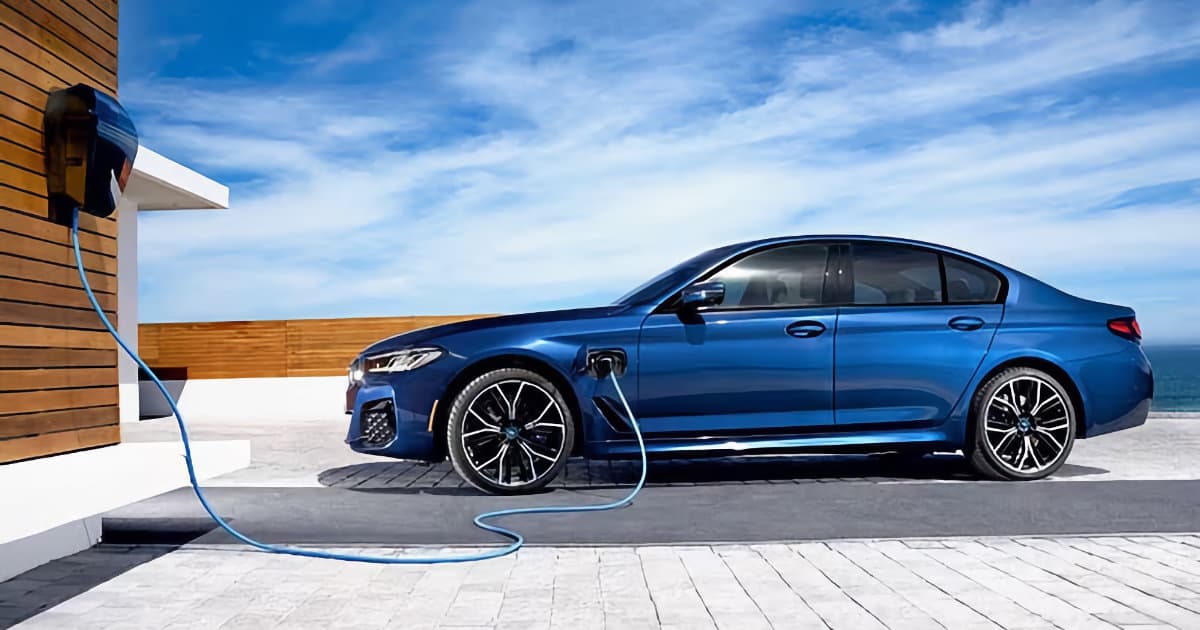
There are three main types of electric cars: Battery Electric Vehicles (BEVs), Plug-in Hybrid Electric Vehicles (PHEVs), and Hybrid Electric Vehicles (HEVs). BEVs are purely electric vehicles with no internal combustion engine. They run solely on electricity stored in the battery and are charged from an external electricity source.
PHEVs combine a battery-powered electric motor with an internal combustion engine. They can run on electricity for shorter distances and switch to gasoline for longer trips, eliminating the worry of running out of battery power.
HEVs, on the other hand, have both an electric motor and a gasoline engine, but they can’t be charged from the plug, as the battery is recharged from the engine and through regenerative braking.
Charging Infrastructure
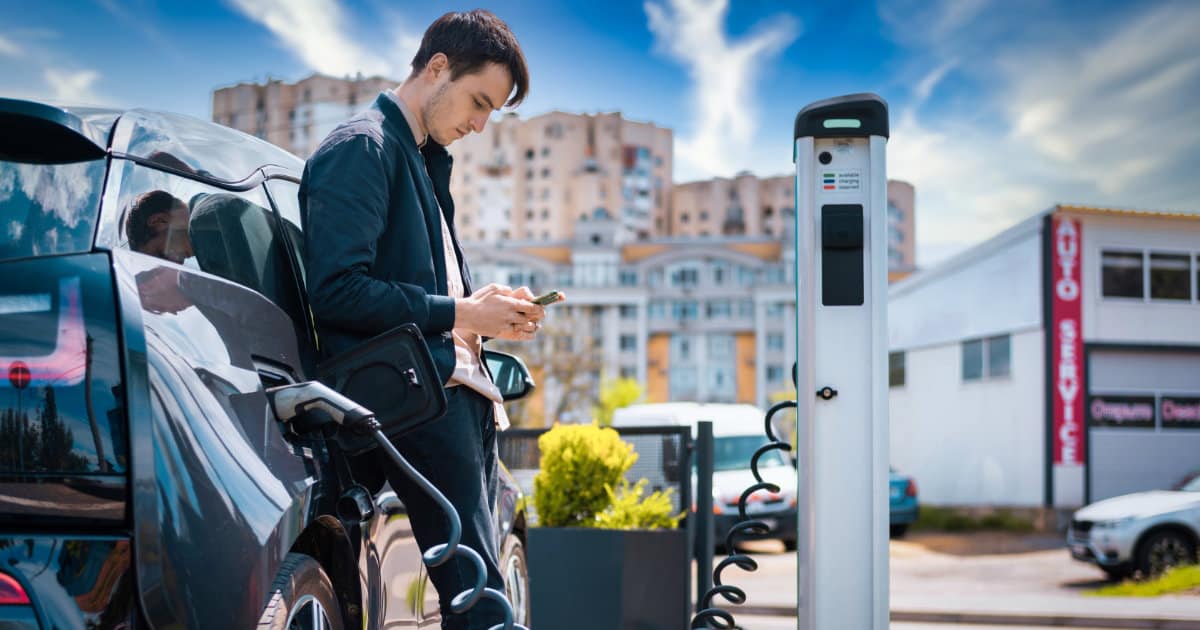
The proliferation of electric cars heavily depends on the availability of a robust charging infrastructure. While charging an electric car is not as quick as filling a gasoline car, it’s convenient and can be done overnight at home, during work at the office, or on the go at public charging stations.
Home Charging
At home, electric cars can be charged using standard 120V outlets (Level 1 charging) or more efficient 240V outlets (Level 2 charging). Level 1 charging is slower and generally provides about 2-5 miles of range per hour of charging, while Level 2 charging is faster and offers about 10-60 miles per hour.
Public Charging Stations

Public charging stations provide Level 2 or Level 3 (also known as DC Fast Charging) options. Level 3 chargers are much faster and can replenish up to 80% of the battery in 20-30 minutes. Charging networks like Tesla Supercharger, ChargePoint, and EVgo provide numerous charging points across the country.
Charging Times
The time to fully charge an electric car depends on several factors, including the car’s battery size, the battery’s state of charge, and the power capacity of the charger. Generally, Level 2 home chargers can fully recharge most electric cars overnight, while fast chargers can provide a significant amount of range in a short time.
Battery Technology and Range
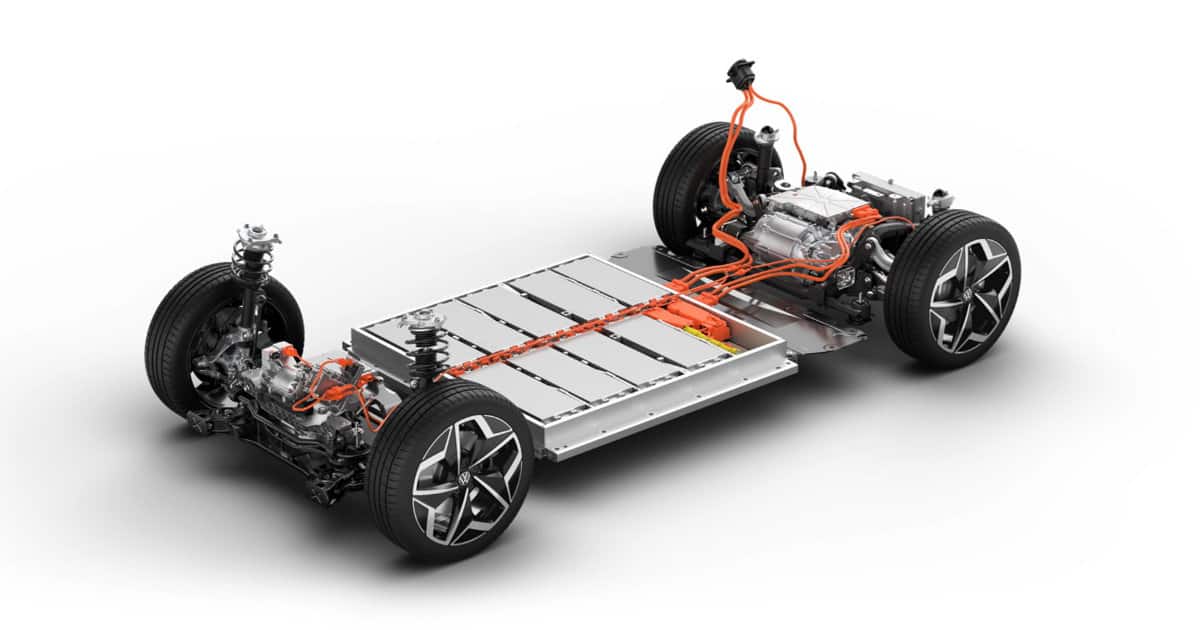
The battery is the heart of an electric car. It dictates how far the car can travel on a single charge (known as the range), how quickly it can accelerate, and how fast it can charge.
Electric Car Battery Technology
Most electric cars use lithium-ion batteries due to their high energy density, long life, and declining cost. Solid-state batteries, which promise higher energy density, faster charging, and improved safety, are in the development stage and could revolutionize electric car performance.
Range of Electric Cars
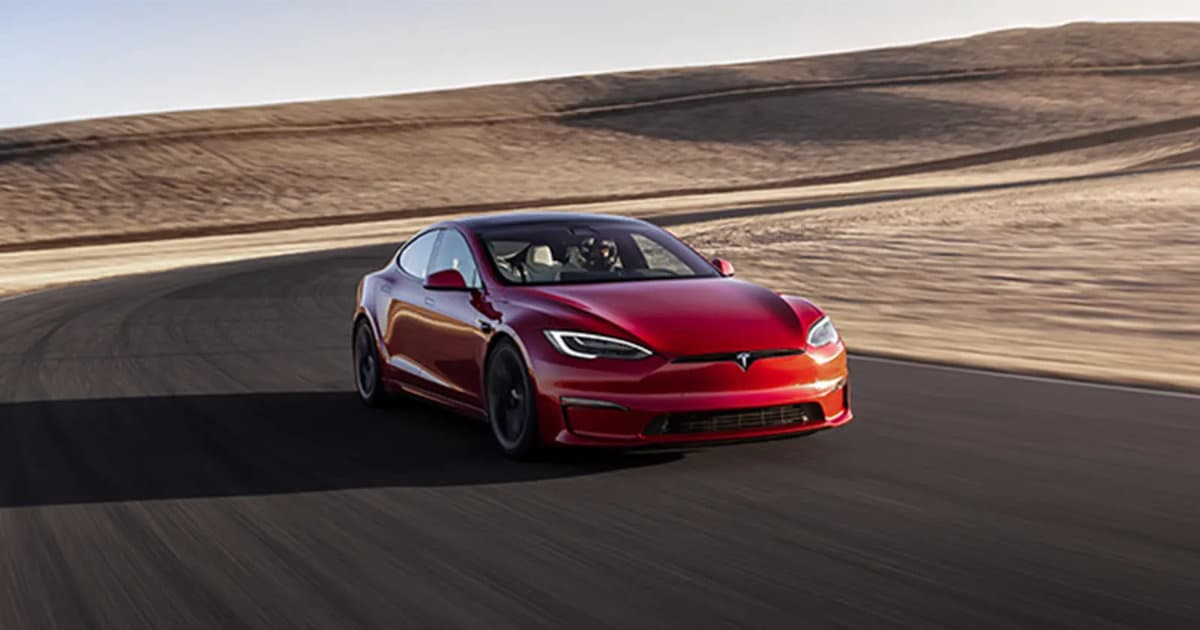
The range of an electric car can vary widely based on the battery size, driving conditions, and the car’s efficiency. As of 2023, most new electric cars offer a range between 150 and 400 miles. The EPA provides official range estimates, which are generally reliable for real-world driving conditions.
Environmental Impact
One of the main reasons for the shift to electric cars is their potential to reduce greenhouse gas emissions. An electric car produces zero tailpipe emissions, reducing air pollution and improving public health.
Carbon Emissions

Although electric cars produce no tailpipe emissions, they do have emissions associated with electricity production. The total carbon footprint of an electric car depends on how the electricity it uses is generated. In regions where renewable energy sources are prevalent, electric cars have significantly lower emissions than conventional cars.
Renewable Energy and Electric Cars
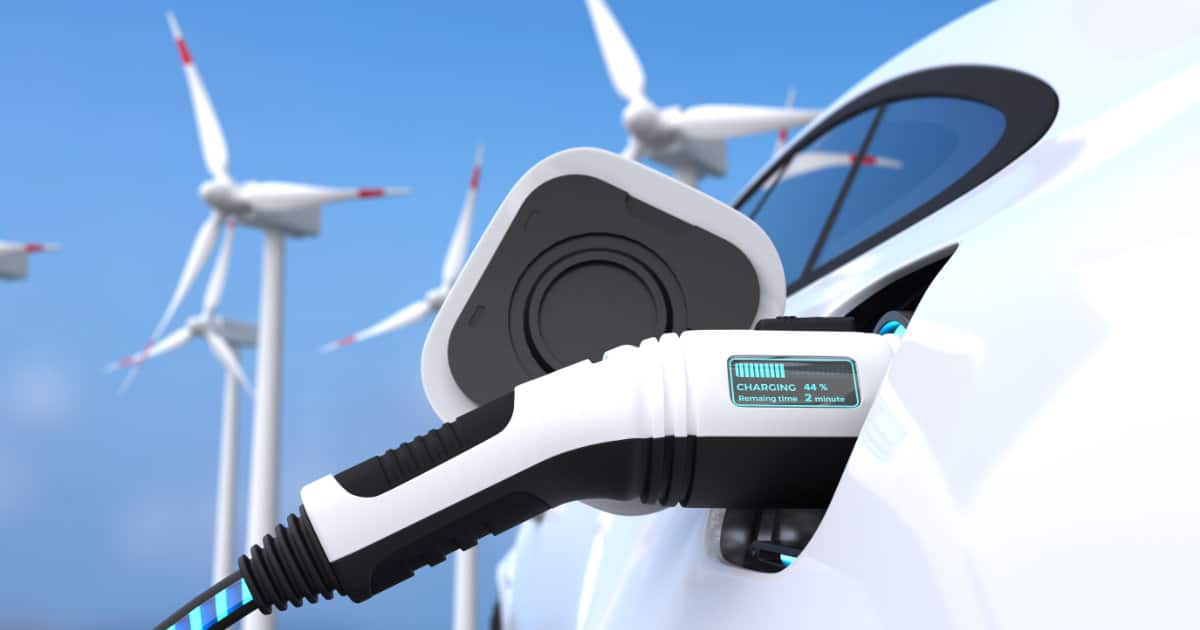
The adoption of electric cars is likely to coincide with a shift towards cleaner energy generation. Many electric car owners choose to pair their vehicles with solar panels or wind turbines, making their driving completely emission-free.
Economic Considerations
While the upfront cost of electric cars remains higher than comparable gasoline cars, this difference is decreasing. When considering the total cost of ownership, electric cars often come out ahead due to lower fuel and maintenance costs.
Cost Comparison
The cost of electricity is generally lower than the cost of gasoline, resulting in significant savings over time. Additionally, electric cars require less maintenance than gasoline cars because they have fewer moving parts and don’t need oil changes.
Government Incentives and Regulations
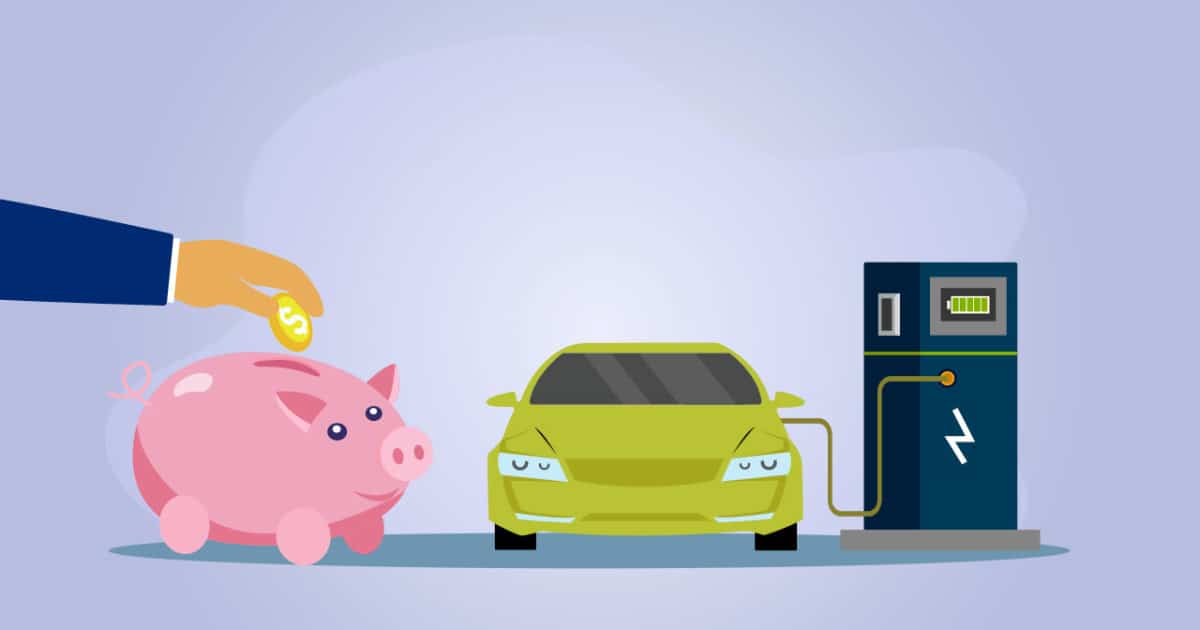
To accelerate the transition to electric mobility, governments worldwide are offering various incentives to electric car buyers and investing in charging infrastructure. In the US, federal tax credits up to $7,500 are available for new electric cars, and many states offer additional incentives.
Electric Vehicle Models
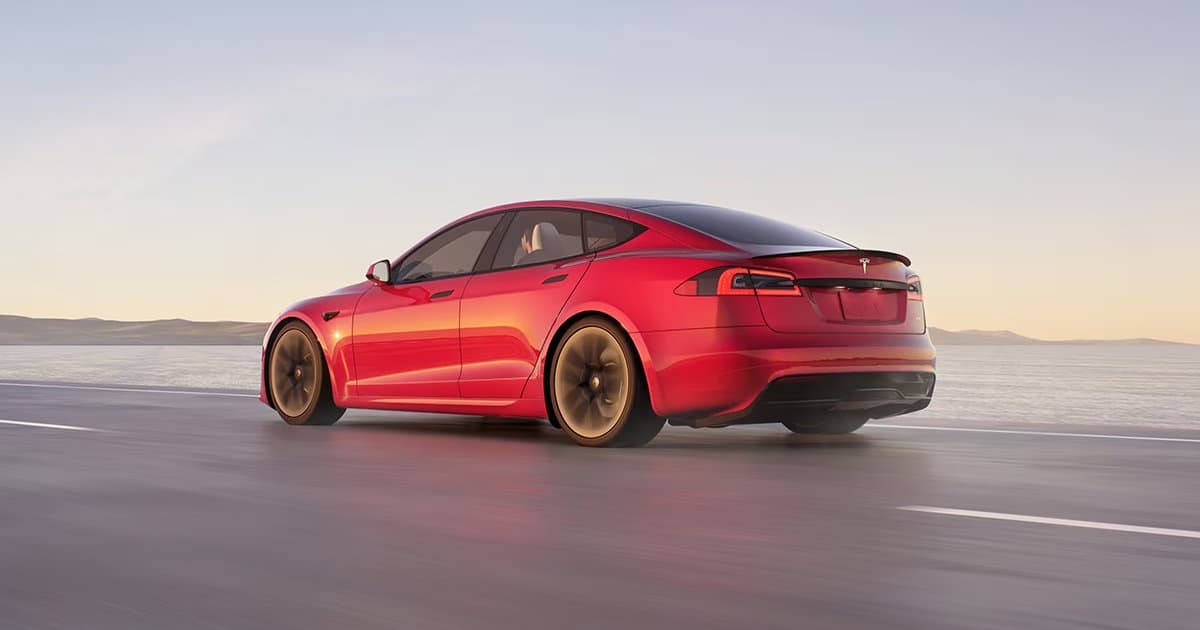
From the high-performance Tesla Model S to the affordable Nissan Leaf, there’s an electric car to suit every taste and budget. More models are being launched every year, offering more choice to consumers.
Market Overview
As of 2023, the top-selling electric cars in the US include the Tesla Model 3, Chevrolet Bolt, Nissan Leaf, Tesla Model Y, and Ford Mustang Mach-E. Each model offers a unique blend of range, performance, and price.
Comparison of Key Features
While the Tesla Model 3 leads in range and performance, the Chevrolet Bolt and Nissan Leaf are more affordable. Meanwhile, the Ford Mustang Mach-E offers a compelling mix of performance and utility.
Future of Electric Cars
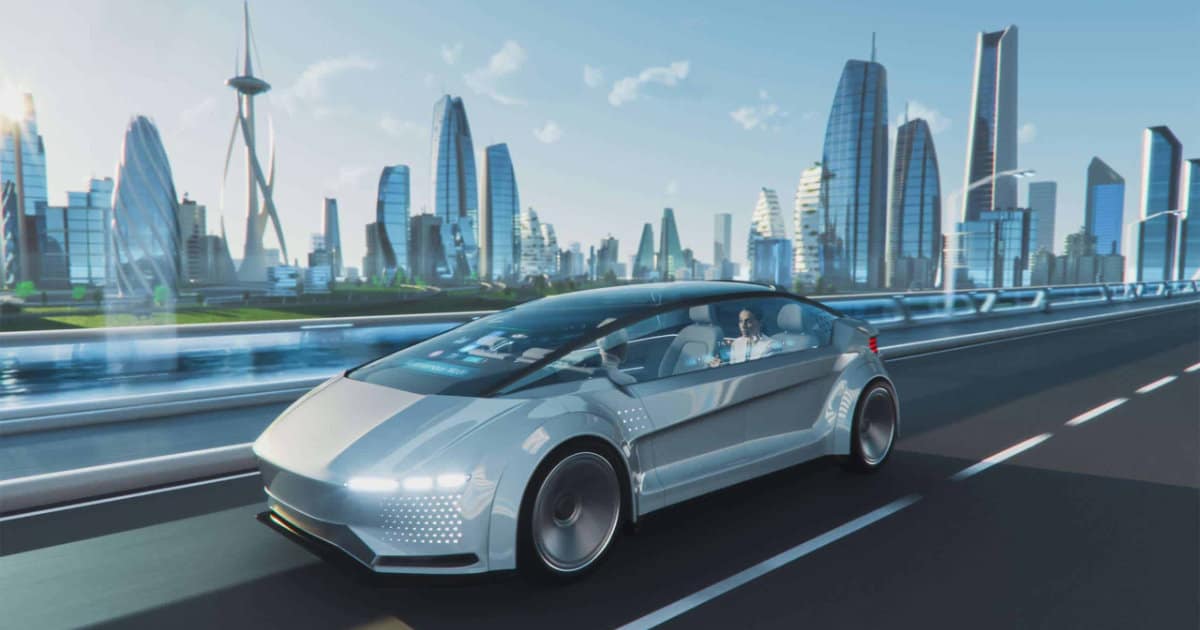
The electric car market is growing rapidly and shows no sign of slowing down. Technological advancements are improving battery performance and reducing costs, while automakers are introducing a wider range of models.
Technology Advancements
Battery technology is advancing rapidly, with new chemistries and designs promising higher energy density, faster charging, and lower costs. Autonomous driving technologies are also progressing, and many believe that the future of driving is not only electric but also autonomous.
Market Trends
Consumer interest in electric cars is growing, driven by increasing environmental awareness, improving technology, and expanding charging infrastructure. Experts predict that by 2040, over half of new car sales will be electric.
Second-hand Electric Cars
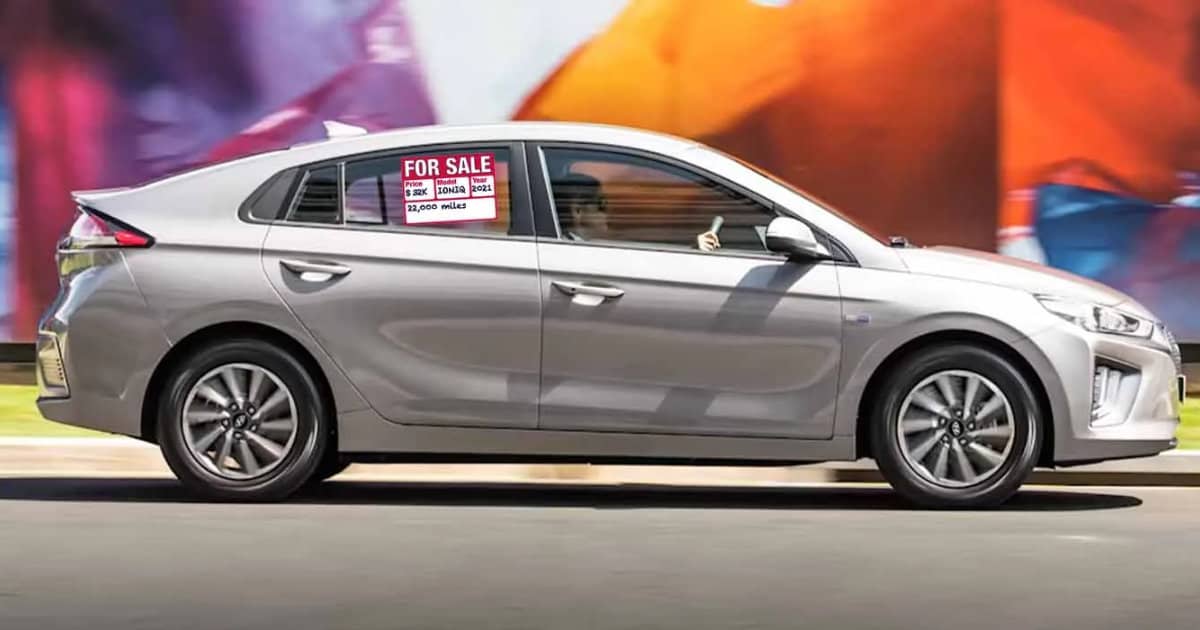
Buying a used electric car can be a cost-effective way to enter the world of electric driving. However, prospective buyers should be aware of battery degradation, as the battery’s capacity to hold a charge diminishes over time.
Conversion to Electric Cars
For those with a DIY spirit, converting a conventional car to electric is an option. However, this requires significant technical knowledge and is generally more expensive than buying a new or used electric car.
Conclusion
Electric cars offer a promising solution to many of the environmental and economic challenges associated with driving. While they currently represent a small fraction of total car sales, their market share is growing rapidly, and they are poised to become the dominant form of personal transportation in the not-too-distant future. Whether you’re considering buying an electric car or simply curious about them, we hope this guide has provided a comprehensive introduction to the world of electric vehicles.
Frequently Asked Questions About Electric Cars
The range of electric cars can vary significantly depending on the model and battery size, among other factors. As of 2023, most new electric cars offer a range between 150 and 400 miles on a single charge. However, it’s important to remember that factors such as driving style, speed, weather conditions, and use of air conditioning or heating can affect this.
The time it takes to charge an electric car depends on the type of charger used and the specific vehicle model. Charging with a standard home outlet (Level 1 charging) can take many hours, often overnight. Upgraded home charging equipment (Level 2) can usually fully charge an electric car in a few hours. Public DC fast chargers can charge some electric cars to about 80% in just 20-30 minutes.
While the upfront purchase price of electric cars can be higher than comparable gas-powered vehicles, the total cost of ownership can often be lower. This is because electric cars tend to have lower fuel costs and lower maintenance costs as they have fewer moving parts and don’t require oil changes. Furthermore, several governments offer financial incentives that can substantially reduce the purchase price of electric cars.
Electric cars offer significant environmental benefits over conventional gasoline or diesel cars. Firstly, they emit no tailpipe pollutants, reducing local air pollution. When it comes to greenhouse gas emissions, the picture can be more complex as it depends on how the electricity used to charge the car is generated. However, in regions where a substantial proportion of electricity comes from renewable sources, electric cars can have much lower emissions over their lifecycle compared to conventional cars.
Electric Cars In The News
Rolls-Royce Spectre: The Embodiment of Luxury, Elegance, and Electrification
It was in 1900 when Rolls-Royce co-founder, the Hon. Charles Stewart Rolls, voiced his support for electric vehicles (EVs), describing them as “perfectly noiseless and clean.” He was optimistic about their future, predicting that EVs “should become very useful” once…
Volkswagen ID. Buzz Driverless Trials Kickoff in Austin, Texas
Volkswagen has begun initial testing of its autonomous vehicles in the United States. The ID. Buzz, Volkswagen’s self-driving electric van, is at the heart of this groundbreaking trial taking place in Austin, Texas. The ID. Buzz, part of a fleet…
Zoox Autonomous Robotaxi Hits the Road in Las Vegas Amid Team Expansion
Las Vegas has become the newest city to welcome the deployment of the Amazon-owned Zoox autonomous all-electric robotaxi, marking a major milestone for the company. The driverless vehicle is making its appearance on the public roads of Sin City, an…
GM Defense Unveils Enhanced Military-Ready Hummer EV
U.S. military branches are currently determining how best to integrate new innovative combat-ready electric vehicles (EVs) into their fleets. Leading the charge, GM Defense recently introduced an innovative Electric Military Concept Vehicle (eMCV) at the prestigious Marine Corps exposition held…
Porsche Mission X: High-Performance Dream Car Overview
Porsche, renowned for its innovative concept cars, is ready to set the pace for the future with its latest venture, the Mission X. This high-performance hypercar is an awe-inspiring reinterpretation of its genre. It features doors akin to those found…
Sources
BMW: Website
Lucid Motors: Website
Polestar: Website
Rivian Automotive: Website
Tesla: Website
